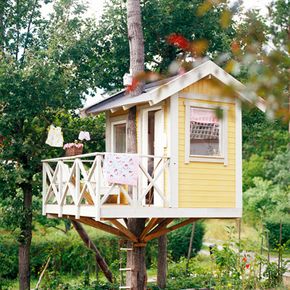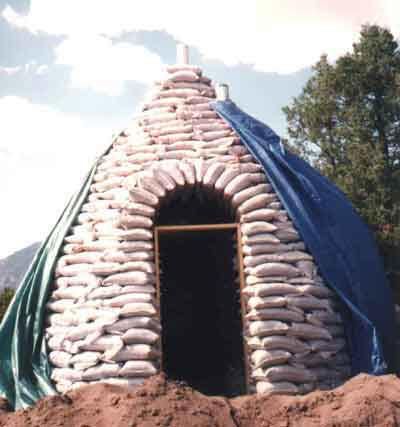Choosing a Tree for a Tree House
The first step to having your own tree house is choosing a tree or trees (some tree houses span two or three trees). Take a walk around your yard and consider whether you prefer your tree house hidden or visible. How close are your neighbors? Think about who will use the tree house -- adults or kids. Tree houses for kids should be kept close to the ground. The perfect tree for a tree house is not too young, not too old and must be healthy. Apple, oak, ash, fir and beech are some good choices.
When choosing a tree, consider its height and branches in addition to its age and health. Diseased or damaged trees will be unstable -- your house might not last very long and you might not be safe inside it. Trees can be diseased at the root (at ground level or underground), in the trunk or at the core. Other warning signs of an unstable tree are lightning or excessive wind damage.
Advertisement
Additionally, the thickness and angle of the branches makes the difference between a strong or weak support system. Limbs grow naturally in all sorts of sizes, shapes and angles and the strongest limbs are those growing at 90-degree angles. Steer clear of building in elm or sycamore trees -- both of which are prone to disease. Also avoid any tree with a short lifespan, shallow roots or position on a slope.
Trees sway naturally in the wind and so will your tree house. With proper design and construction, the structure will survive high winds. If you live in an area where winds might pose a danger, experts recommend building your tree house in the lower third of the tree, keeping it small to minimize potential damage.
Consider asking a professional for help. Arborists, sometimes known as tree surgeons, specialize in caring for trees and can help you select the perfect one. The arborist will inspect a tree in preparation for construction and give you design and construction advice to minimize tree damage. When built in the right tree and with regular maintenance, tree houses can last an average of 10 to 15 years or longer depending on how long the tree itself lives [source: Tree Top Builders].
Even if you don't have a suitable tree for a tree house, you can still enjoy an above-ground room. Although it's preferable to build tree houses in trees, it is possible to build forts and playhouses on posts in the ground.
Now that we've chosen the perfect tree, let's learn about tree-house design and amenities. Did you know your tree house can have indoor plumbing?


